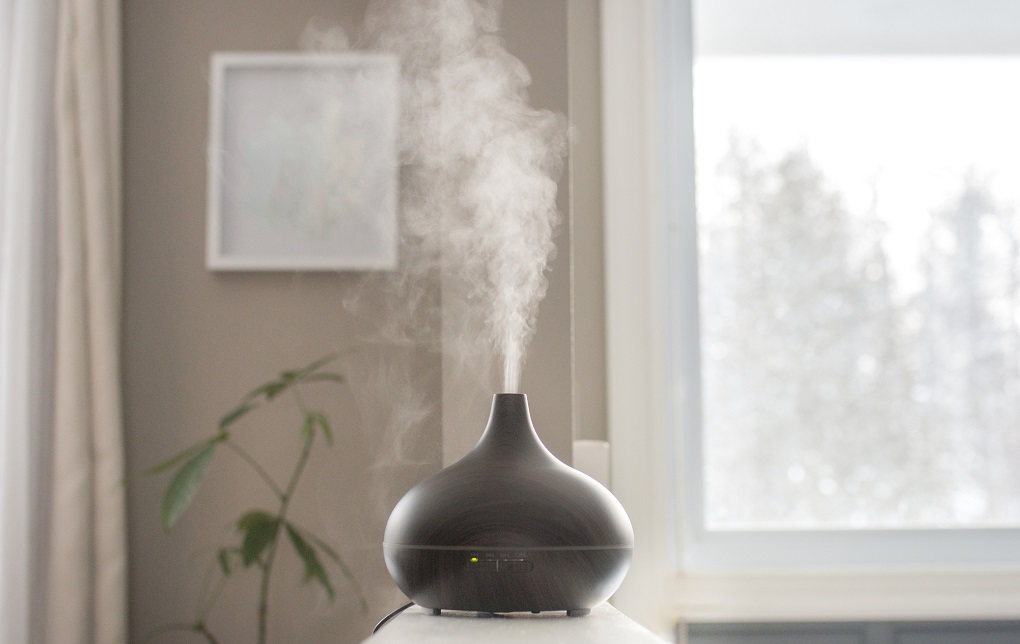
[ad_1]
Regardless of advances in dentistry, dental anxiousness stays an issue for a lot of. Analysis within the January 2013 British Dental Journal discovered that roughly 36 p.c of the inhabitants experiences dental anxiousness whereas 12% expertise excessive dental worry. In efforts to mitigate anxiousness, a brand new enterprise idea — dental spas — is quickly rising and creating a brand new face of dentistry.
Distinguishing worry, phobia and anxiousness
Whereas “dental worry,” “dental phobia,” and “dental anxiousness” are sometimes used interchangeably and aren’t essentially remoted occasions, you will need to distinguish the phrases. Concern is a response to a perceived menace, such because the high-pitched sound of drills at a dental workplace. Phobia — persistent and intense worry — in a dental setting is called odontophobia, which may result in “emotions of hypertension, terror, trepidation, and unease,” in keeping with the March 2016 problem of Scientific, Beauty and Investigational Dentistry. Anxiousness is the emotional response to an unknown hazard and/or earlier than the threatening stimuli is encountered. Dental anxiousness is widespread sufficient throughout varied societies to be thought of a common public well being concern.
Cycle of dental anxiousness
Dental anxiousness is just not merely an emotion that negatively impacts a affected person’s dental workplace expertise. Anxiousness has long-term implications that, left unchecked, can result in a vicious cycle of dental anxiousness. Sufferers with dental anxiousness delay dental care out of worry, which causes additional deterioration of oral well being.
End reading this article within the August problem of Contour journal.
~Jane Lee, Houston ’23
[ad_2]
Source link








